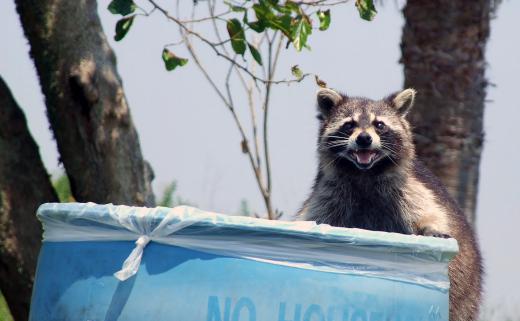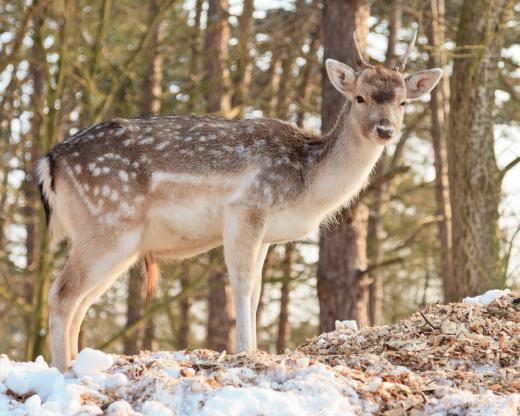What are Anthropogenic Biomes?
 Michael Anissimov
Michael Anissimov
Anthropogenic ("human-originating") biomes are biomes, like the jungle or desert, primarily consisting of human-influenced features. The five major anthropogenic biomes are dense settlements, villages, croplands, rangelands, and forested biomes. Anthropogenic biomes may also be known as "anthromes" or "human biomes." Since widespread industrialization in the 18th century, anthropogenic biomes have been their own distinct and quite large biome, right alongside the more traditional biomes.
Like traditional biomes, anthropogenic biomes have their own flora, fauna, and landscapes. In anthropogenic biomes, many of the larger or more dangerous animals have been entirely wiped out. This includes all the Pleistocene megafauna, wolves in large area of Europe and North America, and carnivorous marsupials in Australia. When a certain animal is a danger to human beings, our livestock or crops, it tends to be eliminated. Only very recently have conservation efforts begun.

Conversely, there are many animals that thrive in anthropogenic biomes. Many birds, especially pigeons and sparrows, are quite successful even in areas of very high population density, such as downtown areas. Having the power of flight, birds are more easily able to avoid death at the hands of humans than slower ground-based animals. Another animal successful in anthropogenic biomes are the squirrel, whose cuteness has earned it the general acceptance of human populations. Raccoons are somewhat less welcome, but still common in anthropogenic biomes. Raccoons sneak around at night and use their ample intelligence to get into garbage cans.

Of course, the biggest winners of the transition to anthropogenic biomes are those animals expressly allied to humans, while the biggest losers are those subjugated by humans for food. In factory farms, millions of pigs and chickens are kept in unsanitary cages and stalls. Many of these animals never see the light of day until they are taken outside for the slaughter. In contrast, animals kept by humans as pets or allies, such as dogs and cats, are among the most successful denizens of anthropogenic biomes. These are estimated to be about 400 million dogs and 300 million cats in the world.
AS FEATURED ON:
AS FEATURED ON:












Discuss this Article
Post your comments